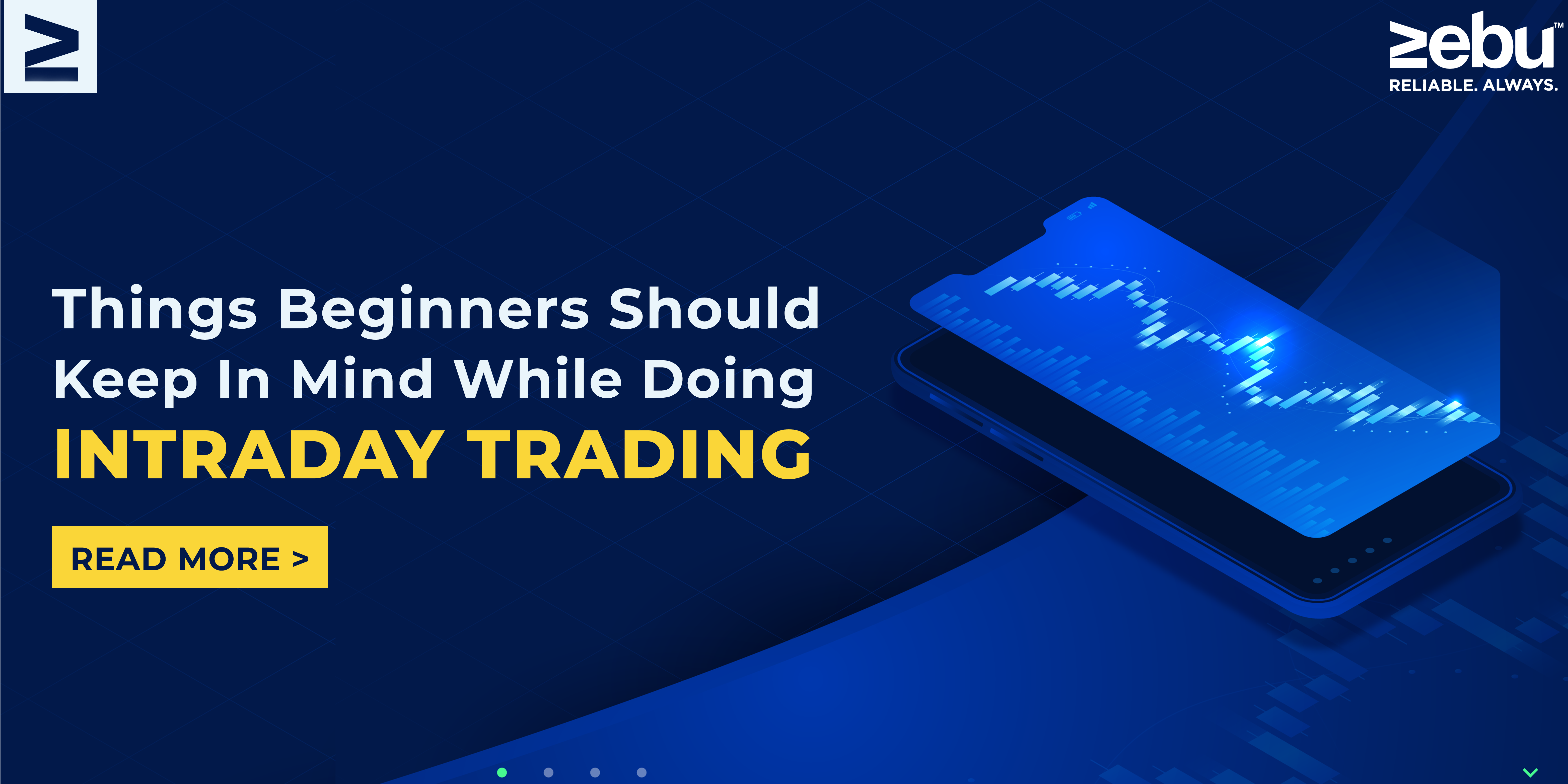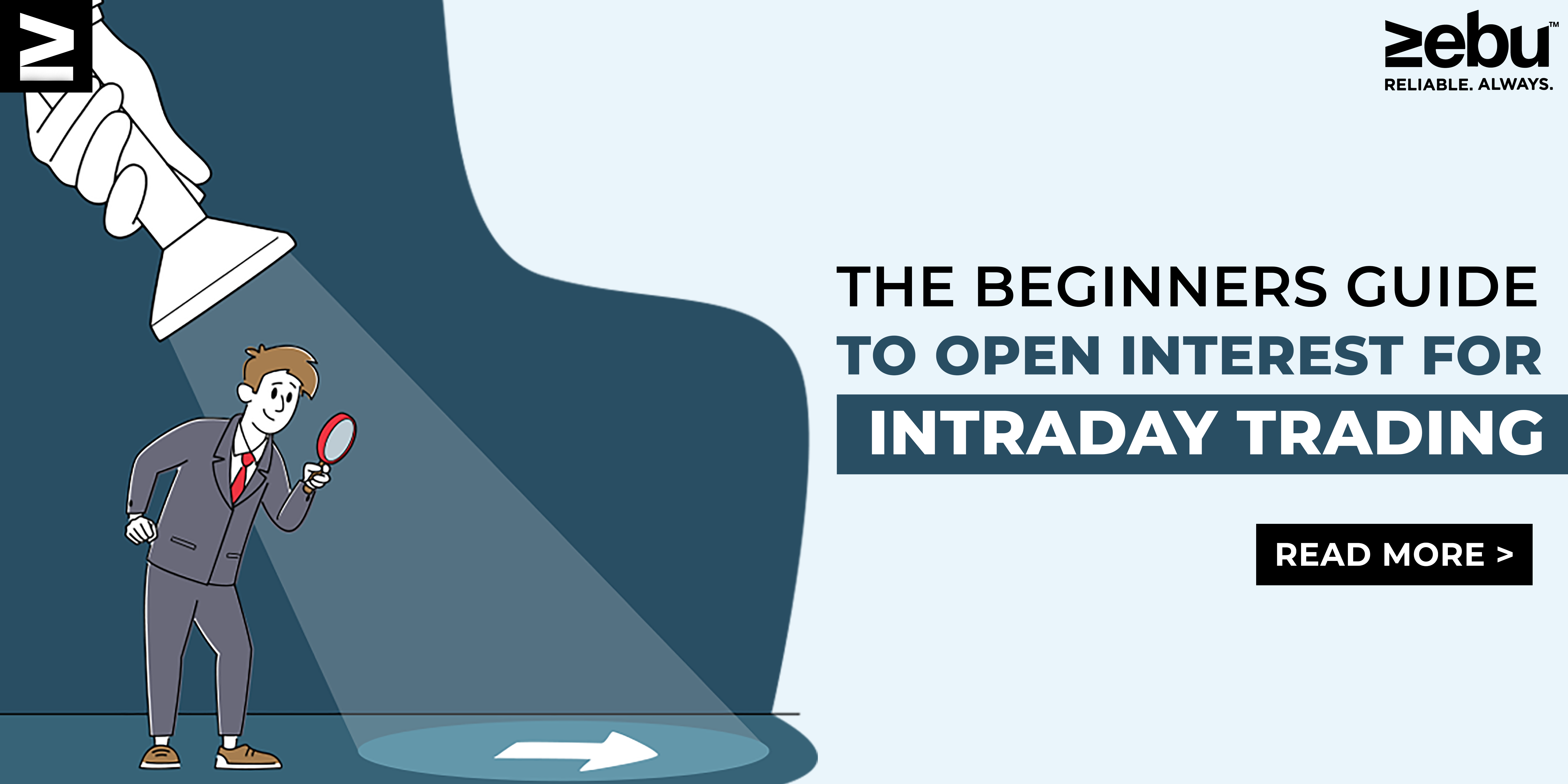
Intraday trading is the act of buying and selling stocks and ETFs during regular trading hours within the same day. You can buy or sell shares quickly without having to go through the trouble of getting real share certificates. Intraday trading is based on the idea very short term price movements can be capitalised. Shares are bought for less money and sold for more money. The difference between the two rates is the profit.
Understand how investing and trading are different.
Trading and investing are two very different ways to put money to work. Just because you know how long-term value and growth investments work doesn’t mean you’re automatically good at day trading. For day trading, you don’t use the same criteria to choose stocks as you do for long-term investments. Day trading uses market volatility to make money, but long-term investments are made so that they can handle daily market volatility.
Let’s take a look at the basics of intraday trading in India.
Choose stocks that are easy to buy and sell:
Day trading requires you to close out your position before the end of the day. If you buy a stock that doesn’t have enough liquidity, you might not be able to sell it when you want to. One of the most important rules of day trading is to only trade in liquid stocks. When there is enough liquidity, there are no limits on how much can be traded. When there are a lot of buyers and sellers of liquid stocks, the prices fluctuate, which is what day traders need to make money.
Research:
Day trading is a sure shot way to lose your capital if you do not do your research. Before you buy or sell any shares, you should do a lot of research on them. Choose stocks in a field you know a lot about. Before you start trading, watch how the prices of the shares you’ve chosen change, as well as other signs like volume and liquidity.
Choose stocks in the same trend as the broader index:
Price changes can be caused by many things, but some stocks move in the same way as larger indices. For example, these stocks will go up if the Nifty goes up and down if the Nifty goes down. But a large number of stocks don’t follow a predictable pattern, so you should be careful when dealing with them.
Recognize the right price:
If you want to make money on an intraday trade, you must choose the right entry and exit prices. Traders use support and resistance levels in a number of ways to choose the right entry and exit prices. Some traders close out their positions when a trade starts to make money, while others choose to go with the trend. Your approach might be different, but you should always keep your cool and stick to the plan.
Set up a stop-loss:
Brokers offer a lot of leverage for intraday trading, which increases both the chance of making money and the chance of losing money. Setting a stop loss is important because day trading can lead to big losses. A stop-loss limit closes your position when the share price goes over a certain level.
These are some of the must-know tips for beginner traders who are looking to trade in equity in the share market online.


